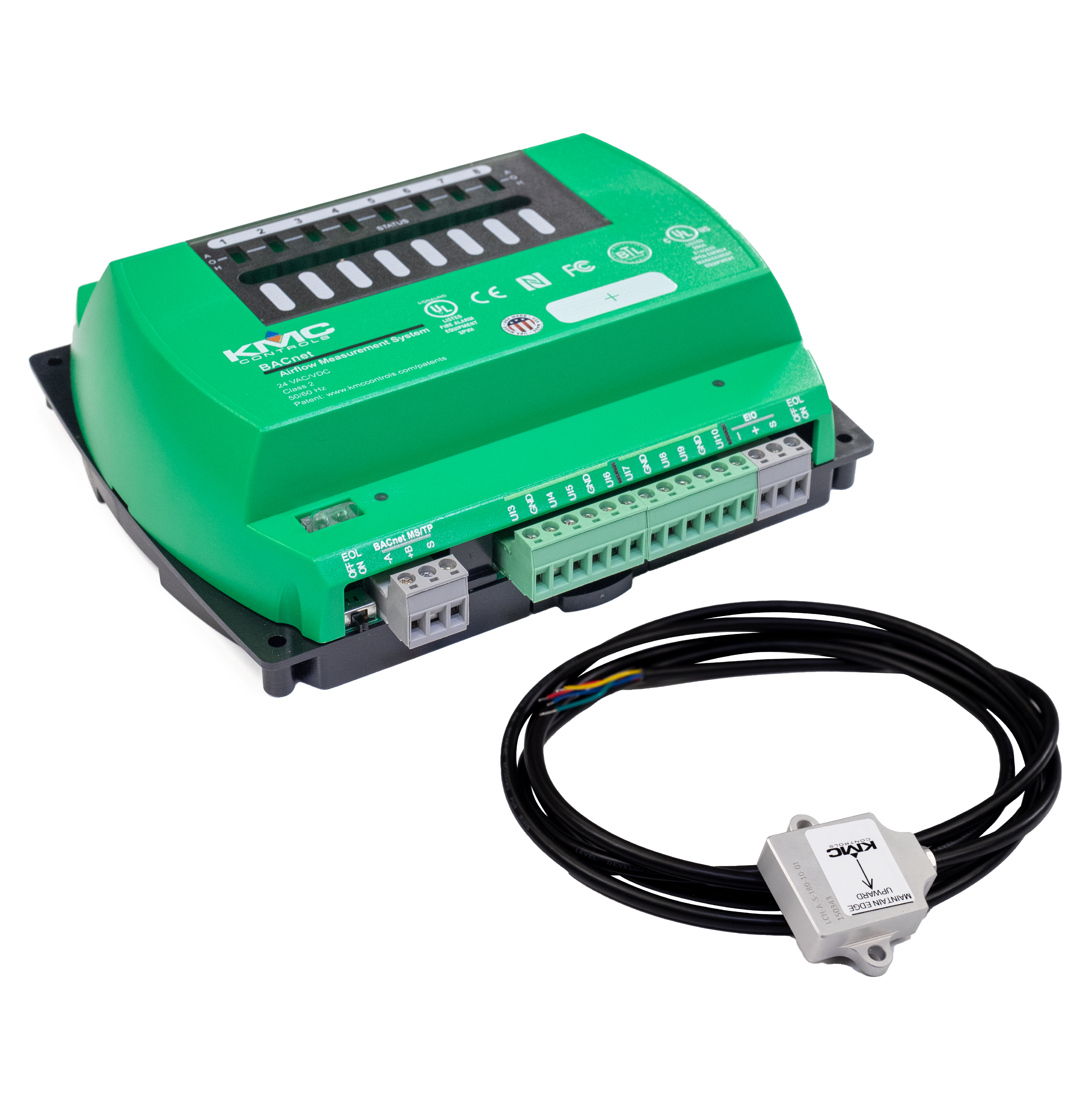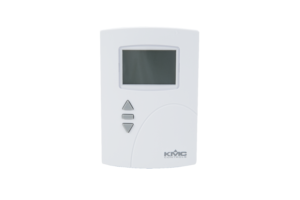
Executive Summary
This case study explores the successful deployment of the KMC Airflow Measurement System (AFMS) in Denver Public Schools (DPS) by LONG Building Technologies in partnership with KMC Controls. The study highlights how the AFMS cost-effectively addresses Indoor Air Quality (IAQ) and equipment monitoring challenges by providing accurate airflow measurements, plus a comprehensive IAQ and Advanced Fault Detection and Diagnostics (AFDD) solution.
About the Customer
Denver Public Schools (DPS) is committed to fostering optimal learning environments for their almost 90,000 students and 15,000 staff. As part of their commitment, DPS prioritized IAQ throughout their district of 207 schools, which led them to engage LONG Building Technologies—in partnership with KMC Controls—for a highly accurate, sustainable, and cost-effective solution.
The Challenge
DPS’s primary concern was optimizing IAQ, followed by comprehensive equipment monitoring. They aimed to implement advanced IAQ sequencing with CO2 sensors and ensure Air Changes per Hour were optimized for all classrooms. The challenge was to establish a cost-effective system that provided accurate and repeatable measurements while meeting ASHRAE standards.
Engagement and Expertise
KMC Controls, known for HVAC equipment control and supervision expertise, partnered with LONG to address the challenge. The partnership applied Characterized Airflow Performance™ technology, chosen for its ability to deliver precise and consistent readings even in challenging scenarios.
The Solution
The solution involved precise planning and execution:
- Sensor Selection and Placement: Inclinometers were carefully placed on outdoor air dampers, and airflow measurement probes were placed on supply and exhaust fans to ensure accurate measurements.

A BAC-5901C-AFMS (controller with inclinometer) is a core component of the AFMS.
- Temperature Sensors: New temperature sensors for Outside Air (OA), Return Air (RA), and Mixed Air (MA) were installed for the AFMS.
- Communication Protocol: The AFMS was configured to control the outdoor air damper actuator, communicating with the factory-mounted BACnet controller via BACnet MS/TP (RS-485).
- Characterized Airflow Performance™: Implementation of this automated calibration routine, completed in approximately two hours, ensured ongoing measurement accuracy.
- Real-time Monitoring: The integrated system allowed real-time monitoring of crucial metrics, facilitating effective balancing and pressurization management.
- Timeline: The implementation of the AFMS solution spanned multiple units within the DPS district, with varying timelines based on system complexity and scale.
Results
The AFMS solution delivered significant outcomes:
- Accurate Measurements: The AFMS provides precise measurements of OA, RA, supply fan, and exhaust fan airflow rates, optimizing indoor air quality and system performance.
- Cost-Efficiency: The project’s total cost was notably lower than other approaches, reducing the need for multiple airflow measurement devices and mechanical system modifications. A single AFMS controller does the work of the multiple devices needed for other approaches.

Air Changes per Hour (ACH) can be displayed from a wall-mounted NetSensor.
- Automatic Recalibration: The AFMS consistently monitors all measurements for accuracy drift—caused by the Air Handling Units’ mechanical systems deteriorating or changing over time. It can re-establish the Characterized Airflow Performance™ curve on demand, meaning more uptime for the units and less time spent on maintenance or recalibration.
- Proactive Maintenance: Inclinometer feedback on damper position enables identification of damper blade deterioration and actuator linkage issues. The AFMS’s Advanced Fault Detection and Diagnostics (AFDD) routines enable proactive troubleshooting, reducing downtime and maintenance costs.
- Comprehensive Monitoring: Air Changes per Hour data for each classroom and AFDD-based troubleshooting reports provide a holistic view of system performance.
Compliance Confidence: Enhanced IAQ compliance fosters confidence among students, staff, and stakeholders.
Conclusion
The successful deployment of the KMC AFMS in Denver Public Schools showcases this advanced airflow measurement technology’s capacity to enhance IAQ management and equipment monitoring. With Characterized Airflow Performance™ and its integrated AFDD functionalities, the AFMS delivered a reliable and sustainable solution, meeting the highest HVAC industry standards. The case study underscores the AFMS’s capabilities in optimizing indoor environments, valuable for system integrators and facility managers in educational institutions and healthcare facilities.
For more information about the KMC Airflow Measurement System, please visit the AFMS landing page or contact the KMC Controls sales team.
The DPS and Long logos are the trademarks/service marks of their respective owners, used with permission after their approval of this content
 Cart
Cart
